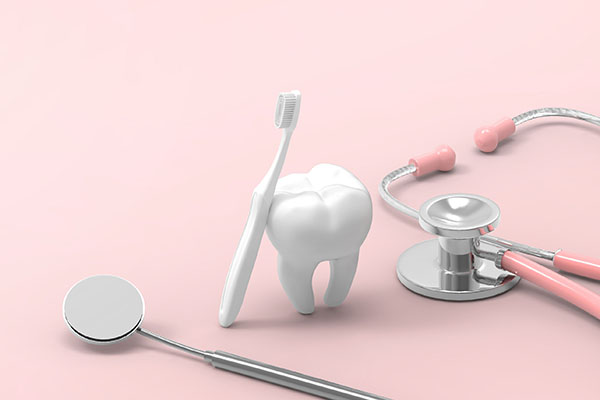 Your insurance provider might cover cosmetic dental services depending on if they are deemed elective or essential. Most dental insurance providers cover essential treatments that help restore or keep your mouth healthy, but you are typically on your own when it comes to elective treatments that your insurance provider does not deem necessary. Fortunately, many cosmetic dental services also provide therapeutic benefits, making them essential for some patients.
Your insurance provider might cover cosmetic dental services depending on if they are deemed elective or essential. Most dental insurance providers cover essential treatments that help restore or keep your mouth healthy, but you are typically on your own when it comes to elective treatments that your insurance provider does not deem necessary. Fortunately, many cosmetic dental services also provide therapeutic benefits, making them essential for some patients.
Figuring out if the cosmetic dental services that you need are essential or elective
The reason that a cosmetic treatment is being performed determines if it is essential or elective. Conditions that make cosmetic treatments essential include:
- The treatment is being used to address disease or decay.
- The treatment is used to fix damage caused by an injury or accident.
- The cosmetic treatment is performed to improve the patient’s teeth or to replace missing teeth.
Treatments are typically classified as elective if:
- The procedure is performed to improve how the patient’s smile looks.
- The teeth or gum tissues being treated are not decayed, impaired, or damaged.
- There is no medical reason for performing the treatment.
Examples of cosmetic treatments that insurance providers might cover include the following.
1. Crown placement
Crowns are versatile restorations that provide restorative and therapeutic benefits. Placing a crown on a tooth purely for cosmetic reasons would not be covered by insurance providers, but crowns are rarely used strictly for aesthetics.
Placing a crown on a tooth requires the dentist to shave off enamel from its sides. This creates a better fit with the crown. It is a permanent procedure that cannot be reversed in the future. That means the tooth will always need a crown to serve as its artificial protection.
Dentists rarely use crowns for strictly cosmetic reasons because less-invasive composite bonding can be used to fix many issues. Problems that dentists typically recommend crowns for include tooth decay, broken teeth, and fractured teeth. When this is the case, the placement of the crown counts as an essential treatment.
2. Composite bonding
This treatment involves rebuilding teeth with composites made from glass and plastic mixtures. The composite is applied directly to the patient’s teeth and hardened with a blue light. Composite bonding is a versatile treatment, so it can count as essential or elective depending on why the dentist performs the treatments. If it is being used to address issues like discolored teeth, the procedure counts as elective. It is being used to address issues like tooth decay, the treatment is classified as essential. Either way, the aesthetics of the patient’s teeth are improved.
3. Bite-altering treatments
Treatments like the installation of braces count as essential when used to fix issues caused by injury or an accident.
Restore your smile
Cosmetic dentistry has many treatments that can be used to create the smile that you have always wanted. Give us a call or stop by our Huntsville clinic to set up an appointment with our dentist.
Request an appointment or call Smiles by Design, PC at 256-660-3233 for an appointment in our Huntsville office.
Related Posts
Cosmetic dental services can help improve the color of your teeth. Teeth start white, but they pick up stains as a person's life goes on. Some of these stains come from the coloring agents in the foods and beverages that we consume, while habits like using tobacco products cause others.Teeth can also become discolored as…
Cosmetic dental services should not be confused with restorative procedures. Cosmetic treatments aim to improve the way that your teeth and gums look, while restorative treatments are performed to restore the function of damaged teeth.However, many restorative treatments used in dentistry also provide cosmetic benefits. Crowns, for example, are designed to look like natural teeth.…
Cosmetic dental services often involve using tooth-colored restorations to restore damaged, decayed, or discolored teeth. Restorations, like crowns, can be made from materials like gold, silver, and metal alloys, but these materials look nothing like natural teeth. Most patients prefer restorations made from materials that share properties with real teeth, like porcelain, ceramics, and composites.…
